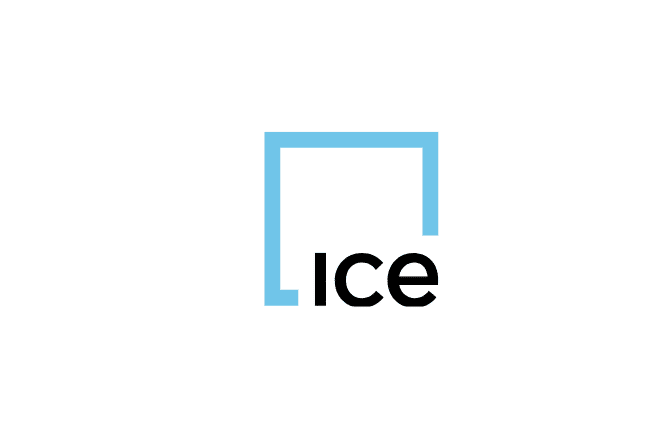Intercontinental Exchange, Inc. or ICE has launched new nature-based solutions carbon credit futures contract.
ICE is a Fortune 500 company that offers financial technology, data, and market infrastructure services. It operates exchanges, like the NYSE, and clearing houses to help people invest, raise capital and manage risk across asset classes.
ICE created its first nature-based futures contract called NBS future. It trades under the contract code NBT, which delivers verified carbon unit (VCU) credits.
ICE NBT futures have several certifications. These include Verra VCS Agriculture, and Forestry and Other Land Use (AFOLU) Projects. It also has certifications from the Climate Community and Biodiversity (CCB) Standard.
ICE Nature-Based Solutions Futures Contract
An entity can produce NBS carbon credits through various schemes like planting trees or protecting forests.
Each ICE NBS futures contract equals 1,000 carbon credits. And each credit equals one metric ton of emissions removed or reduced by projects that preserve natural ecosystems.
It has vintages covering January 1, 2016, to December 31, 2020.
ICE has listed NBS futures expiries in December 2022, December 2023, and December 2024.
They traded at $11.25 per tonne by 1109 GMT, according to data from the ICE website.
As per Gordon Bennett, Managing Director of Utility Markets at ICE,
“The NBS future is our first contract specifically designed to measure the carbon sequestration and storage capabilities of nature… we hope it to be an important valuation tool to conserve and grow the world’s natural capital base.”
The decision to launch this contract will help bring price signals to the carbon market. The firm also believes that it will incentivize efficient capital allocation to balance the world’s carbon budget and hit net zero goals.
ICE has worked with environmental markets for about 20 years now. Over this period, it has traded over 100 billion tons of carbon allowances and over 250 million renewable energy certificates.
Moreover, ICE traded about 3 billion carbon credits, which is equal to over 1.4 billion Renewable Identification Numbers.
In 2021 alone, ICE traded around $1 trillion in the notional value of carbon allowances. This is equal to more than half the estimated global annual energy-related emissions.
ICE Futures Contract Supporters
A lot of large companies are supporting the futures contract. These are Shell, Chevron, Vitol, Trafigura, EDF Trading, Elbow River Marketing Ltd. (a fully owned Parkland Fuel subsidiary), the Macquarie Group, and Vertree Partners.
For instance, according to Bill McGrath from Shell,
“The launch of ICE NBS futures is a crucial milestone to scale the voluntary carbon market… In particular, it will help boost the flow of capital for developing nature-based projects.”
Last year, Shell partnered with PetroChina to supply it with carbon-neutral LNG cargos. Their goal is to offset CO2 emissions generated across the LNG value chain with carbon credits from nature-based projects.
For Vitol, quality assurance and transparency of carbon credits are also vital. Michael Curran from Vitol said that the launch will grow investment in verified carbon mitigating projects. Plus, it will raise standards and price transparency across the carbon credit industry.
Whereas Hannah Hauman from Trafigura finds the launch of ICE nature-based solutions futures a crucial development in global carbon markets. And that it will help deliver transparency and liquidity for quality nature-based solutions.
Likewise, Elbow River Marketing thinks that it will also bring liquidity to the booming voluntary carbon market.
In August last year, CME Group launched its CBL Nature-based Global Emissions Offset (N-GEO) futures contract. It’s also one of the top nature-based solutions (NBS) contracts available in the market.
CME’s CBL N-GEO contracts consist of offsets from agriculture, forestry, and other land-use projects. They’re verified to have additional climate, community, and biodiversity accreditation.
CBL N-GEO futures contract has the same rigorous certifications as ICE NBS futures. They are also both created to help create a more transparent and efficient voluntary carbon market.


